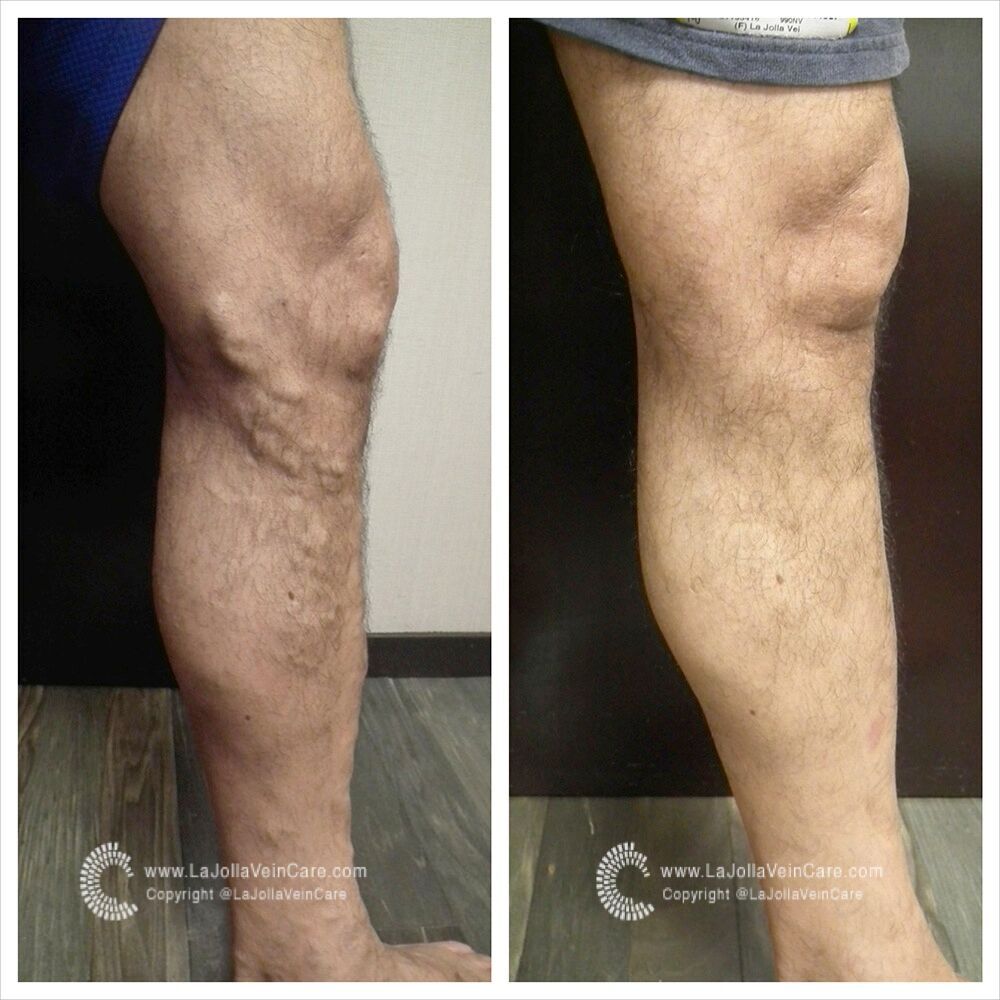Ultrasound Findings of Normal vs. Diseased Great Saphenous Vein
Nisha Bunke2025-09-04T12:45:35-07:00The Great Saphenous Vein (GSV) is the most commonly affected superficial vein to become diseased (valves no longer function and become leaky). While venous reflux can involve the deep system and perforators, the superficial venous system is most commonly involved. The superficial venous system consists of the great saphenous vein (GSV), accessory saphenous […]



